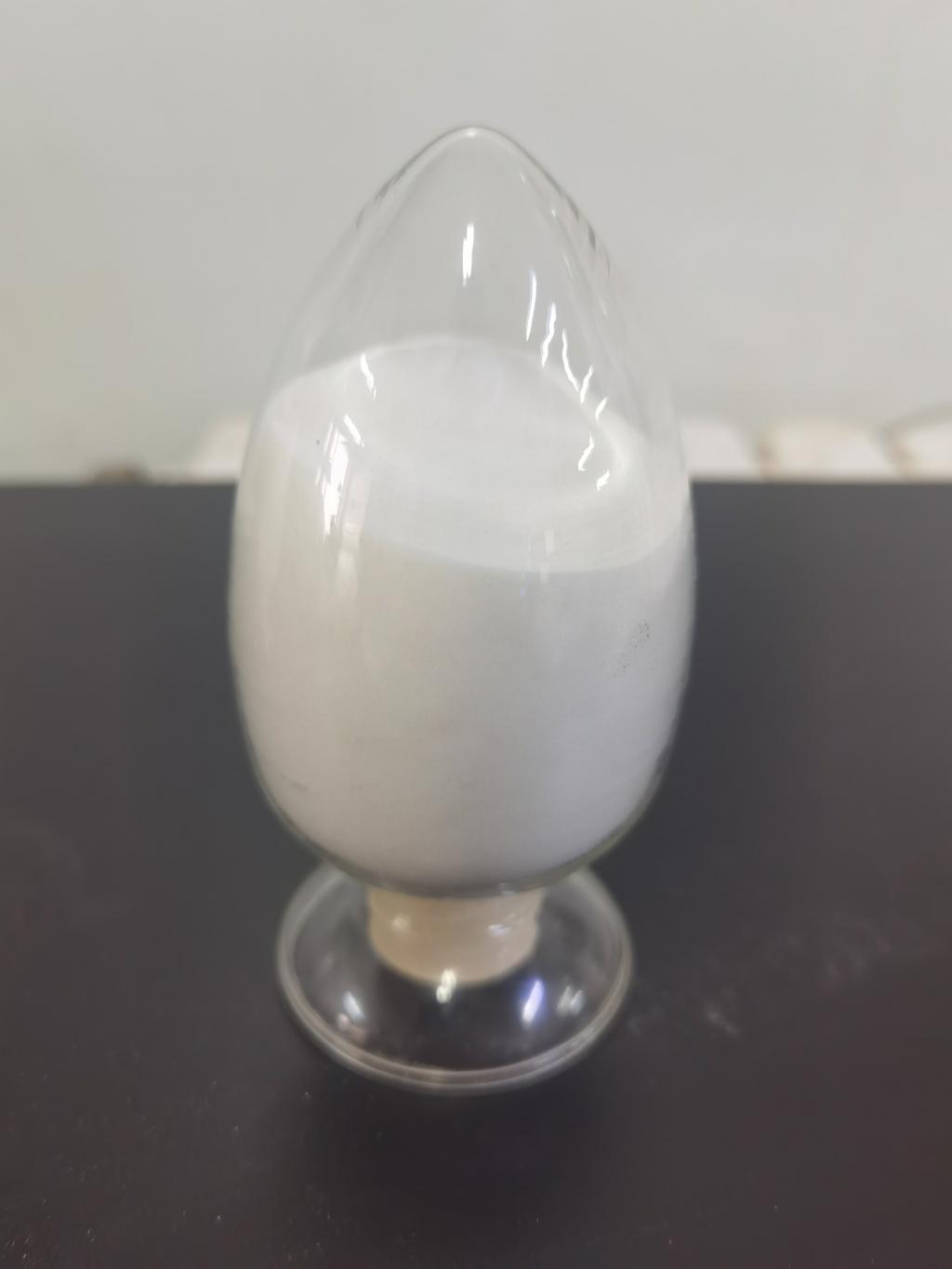Tel:+8618231198596

News
 CONTACT
CONTACT
 CONTACT
CONTACT
- Linkman:Linda Yao
- Tel: +8618231198596
- Email:linda.yao@dcpharma.cn
- Linkman:CHARLES.WANG
- Department:Overseas
- Tel: 0086 0311-85537378 0086 0311-85539701
News
A Fresh Take: ε-Polylysine Hydrochloride's Influence on the Perception of Natural Preservatives
TIME:2023-12-20
I. The Evolution of Natural Preservatives:
Consumer Shift Towards Natural Products:
Clean-Label Movement: The clean-label movement reflects a growing consumer preference for natural, minimally processed ingredients and a desire for transparency in food product labeling.
Health and Wellness Trends: Increased awareness of health and wellness has spurred interest in foods perceived as more natural and wholesome, influencing purchasing decisions.
Challenges in the Food Preservation Landscape:
Balancing Safety and Shelf Life: Food manufacturers face the challenge of balancing the safety of products with the need for extended shelf life, especially in the absence of synthetic preservatives.
Consumer Skepticism: Consumer skepticism towards traditional preservatives and additives has led to a demand for alternatives that are not only effective but also align with natural and organic trends.
II. The Rise of ε-Polylysine Hydrochloride:
Origins and Production:
Bacterial Fermentation: ε-Polylysine hydrochloride is derived through the fermentation of bacteria, offering a natural and sustainable alternative for food preservation.
Polylysine Structure: The unique polylysine structure provides ε-polylysine hydrochloride with antimicrobial properties, making it effective against a broad spectrum of bacteria.
Application in Food Preservation:
Preserving Freshness: ε-Polylysine hydrochloride has found application in preserving a variety of foods, including meats, dairy products, and beverages, without compromising their sensory attributes.
Minimal Impact on Flavor: The preservative's minimal impact on flavor and texture addresses concerns associated with the alteration of taste in traditionally preserved products.
III. Shifting Perceptions: Natural Preservatives Reinvented
Changing the Narrative:
From Chemical to Natural: ε-Polylysine hydrochloride challenges the narrative that effective preservation necessitates the use of synthetic chemicals. Its natural origin aligns with the ethos of the clean-label movement.
Preserving Tradition: Traditional preservation methods, such as fermentation, are revitalized with the incorporation of ε-polylysine hydrochloride, offering a balance between heritage and innovation.
Consumer Awareness and Education:
Understanding Natural Preservatives: Efforts to educate consumers about the origins and benefits of ε-polylysine hydrochloride play a crucial role in shaping positive perceptions and dispelling myths around the use of natural preservatives.
Transparent Labeling: Transparent labeling practices that clearly communicate the presence of ε-polylysine hydrochloride as a natural preservative contribute to building trust and transparency in the food industry.
IV. Benefits of ε-Polylysine Hydrochloride in Food Preservation:
Effective Antimicrobial Properties:
Broad-Spectrum Activity: ε-Polylysine hydrochloride's broad-spectrum antimicrobial properties make it effective against a wide range of bacteria, fungi, and yeasts, contributing to the safety and longevity of food products.
Selective Action: Its selective action against harmful microorganisms while sparing beneficial ones supports the preservation of a balanced microbiota in fermented foods.
Natural and Clean-Label Appeal:
Clean-Label Solutions: The incorporation of ε-polylysine hydrochloride in food products provides manufacturers with a clean-label solution, meeting consumer demand for transparency and simplicity in ingredient lists.
Natural Origin: As consumers increasingly prioritize natural ingredients, ε-polylysine hydrochloride's natural origin resonates with those seeking food products aligned with their values.
V. Addressing Challenges and Concerns:
Regulatory Compliance and Safety:
Global Standards: Navigating regulatory standards globally ensures that the use of ε-polylysine hydrochloride complies with established safety guidelines, building confidence in its application.
Research and Safety Assessments: Continued research into the safety of ε-polylysine hydrochloride, including toxicological studies, contributes to a comprehensive understanding of its suitability for use in various food products.
Integration into Diverse Culinary Traditions:
Culinary Compatibility: Incorporating ε-polylysine hydrochloride into diverse culinary traditions requires a nuanced approach to ensure that the preservative enhances, rather than detracts from, the traditional qualities of different cuisines.
Sensory Considerations: Balancing the preservation benefits of ε-polylysine hydrochloride with the sensory expectations of consumers is crucial for successful integration into a variety of food products.
VI. Future Perspectives and Innovations:
Expanded Applications and Research Frontiers:
Exploring New Frontiers: Ongoing research explores novel applications of ε-polylysine hydrochloride, such as in plant-based products and emerging food trends, expanding its reach and potential impact.
Synergies with Other Natural Preservatives: Investigating synergies between ε-polylysine hydrochloride and other natural preservatives may lead to innovative formulations that optimize preservation efficacy.
Consumer Co-Creation and Feedback:
Interactive Product Development: Engaging consumers in the product development process, incorporating their preferences and feedback, fosters a sense of co-creation and ensures that food products with ε-polylysine hydrochloride align with consumer expectations.
Real-Time Feedback Platforms: Leveraging technology to gather real-time feedback on products containing ε-polylysine hydrochloride enables agile adjustments to formulations, contributing to continuous improvement and consumer satisfaction.
VII. Conclusion:
ε-Polylysine hydrochloride's emergence as a natural preservative marks a transformative moment in the food preservation landscape. As consumers increasingly demand products that align with their values of naturalness and transparency, ε-polylysine hydrochloride challenges perceptions and redefines the possibilities of natural preservation. The integration of this innovative preservative not only addresses the challenges of extending shelf life but also contributes to the evolution of culinary traditions, emphasizing the harmony between tradition and innovation. With ongoing research, transparent communication, and consumer education, ε-polylysine hydrochloride paves the way for a fresh perspective on natural preservatives, shaping a future where the safety, quality, and natural appeal of food products coexist seamlessly.
- Tel:+8618231198596
- Whatsapp:18231198596
- Chat With Skype







